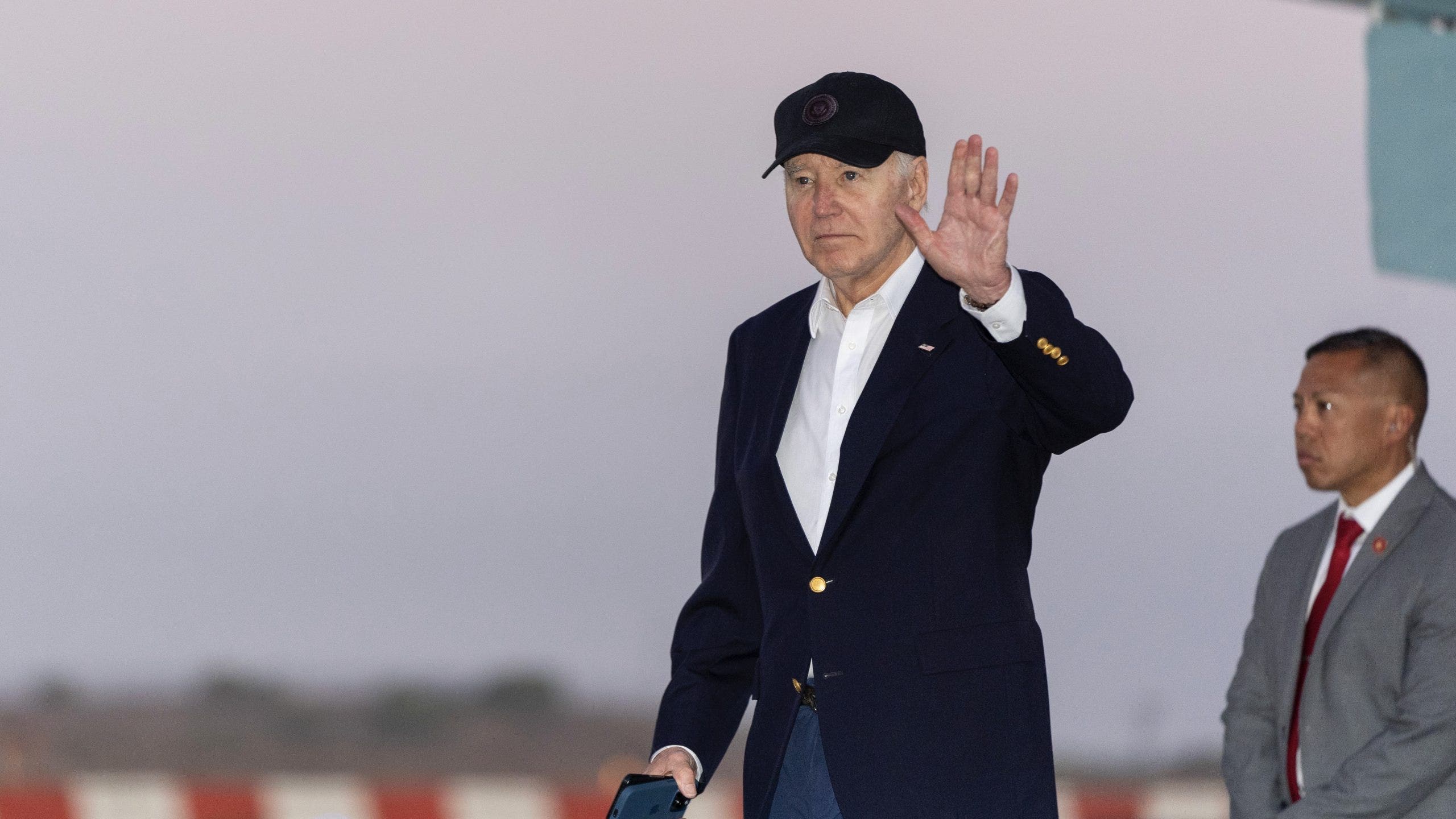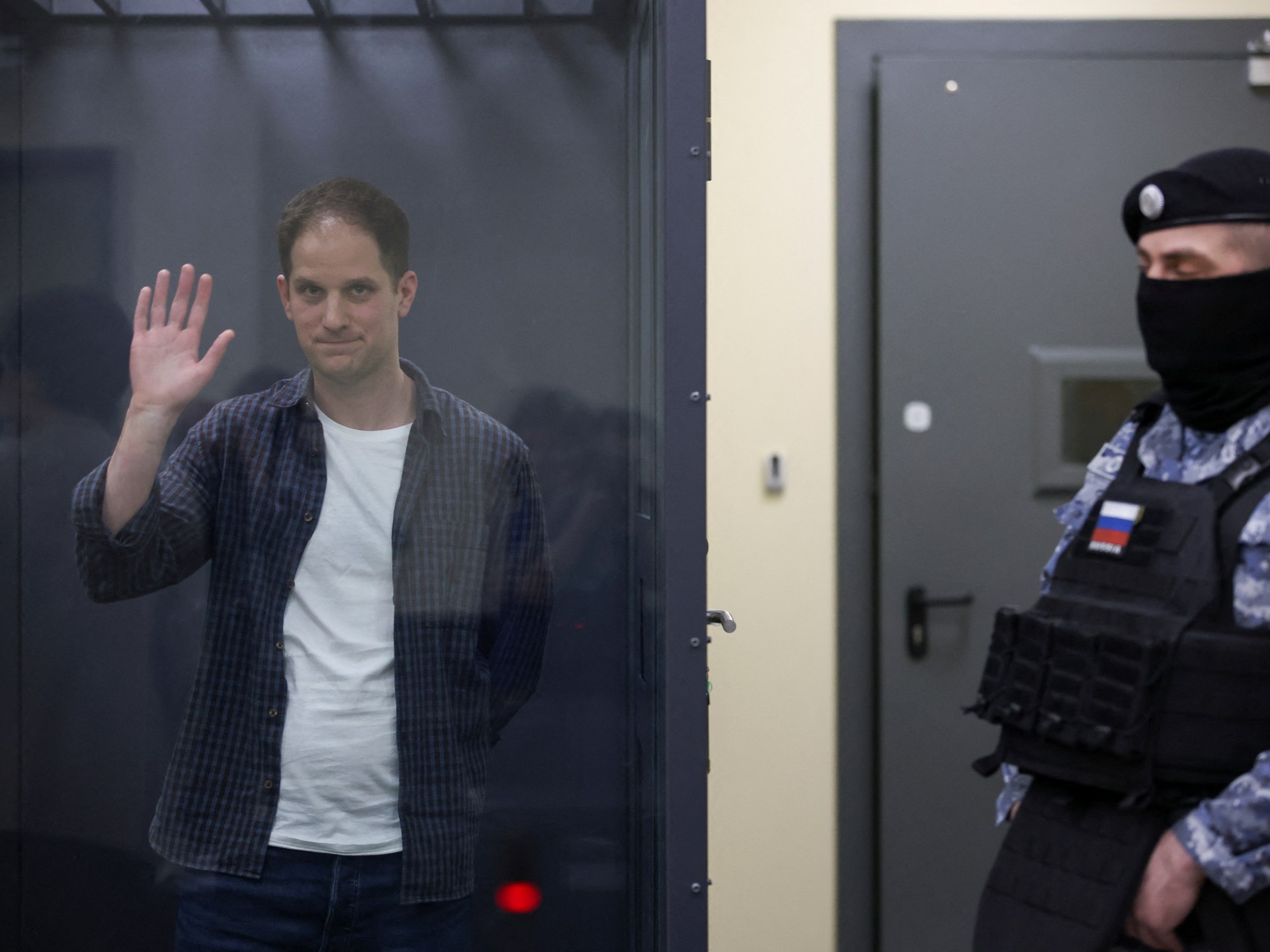Hawaii
Hawaii legislature aims to alter affordable-housing program, possibly at expense of counties – West Hawaii Today
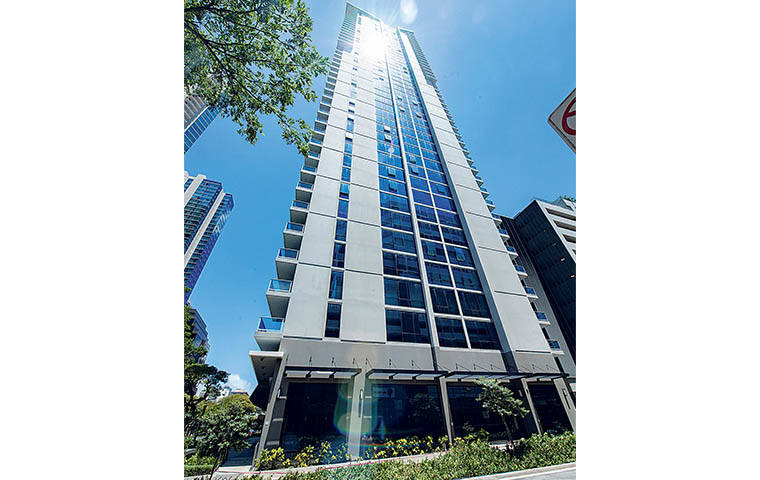
Hawaii lawmakers recently decided to create a new incentive for affordable housing development under a state program, but it could have a bigger negative effect on affordable housing required by counties.
The Legislature passed a bill, which if enacted, would give developers credits for affordable units completed under a state program that already has incentives that include exemptions to general excise taxes, county development fees, height limits and density in return for making at least 50% or 60% of a project affordable for moderate-income households.
Such credits could be used by developers so they don’t have to build affordable housing required by counties as part of market-priced housing projects.
The legislation, Senate Bill 1170, was primarily pushed by the Hawaii chapter of NAIOP, a national commercial real estate trade association whose members include developers. Several individual developers also testified in support of the bill.
Opposing the bill were the the City and County of Honolulu’s Office of Housing, the city Department of Planning and Permitting, and Hawaii County’s Office of Housing and Community Development.
The state Office of Planning and Sustainable Development expressed concern with SB 1170, and said that the bill’s stated goal won’t be achieved if the bill is enacted.
NAIOP claims that higher interest rates and other development costs have made the state’s 201H affordable housing program “nearly unusable” by developers.
By adding credits to the program’s existing incentives, a 201H project developer could theoretically monetize credits to help finance a 201H project, perhaps by selling credits to another developer that needs to satisfy a county affordable housing requirement.
The state agency administering the 201H program disputes NAIOP’s claim about developers not using the program, which is known by its chapter number in Hawaii Revised Statutes.
“While we recognize the concern that a high-interest rate environment may negatively impact affordable housing production in Hawaii, HHFDC is processing 201H applications this year when interest rates are higher than they have been in a number of years,” the Hawaii Housing Finance and Development Corp. said in a statement Friday. “In fact, the number of 201H applications that we’ve processed is actually consistent, if not higher, than in recent years.”
In written testimony while SB 1170 was being considered by lawmakers, HHFDC did not take a position for or against the bill. Instead, the agency informed lawmakers that it shares the concern about high interest rates negatively affecting affordable housing production in Hawaii, but that it defers to counties for judgment on issuing credits for 201H projects.
DPP Director Dawn Takeuchi Apuna said in written testimony that SB 1170 would benefit developers at a detrimental cost to county affordable housing programs and policies.
“We oppose this bill because it creates credit value that developers can sell or use themselves to fulfill affordable housing requirements imposed by the counties,” she said. “It amounts to ‘double dipping,’ developers of 201H projects receive fee waivers and exemptions, as well as the monetary value of credits.”
Susan Kunz, Hawaii County’s housing administrator, said in written testimony that giving developers affordable housing credits for 201H projects won’t expand the supply of housing but will undermine the county’s ability to do so.
Under SB 1170, 201H projects that receive federal or state tax credits that require units be reserved for households with low incomes would not be eligible for affordable housing credits.
Another limitation under the bill is that credits will only be available through July 1, 2031.
HHFDC said in its statement that enacting SB 1170 may result in more 201H project applications, but that it is difficult to forecast how many more. Enacting the bill also could benefit 201H projects already planned, including Kuilei Place and Pahoa Ridge.
Kuilei Place is a planned 43-story tower complex in Moiliili with 1,005 condominiums being developed by Kobayashi Group and BlackSand Capital.
In return for making 603 Kuilei Place units, 60% of the total, affordable to households with moderate and high-moderate incomes, the developer received benefits that included about $12 million in city fee exemptions plus building height and density beyond what zoning permits in the area.
Kobayashi Group testified in favor of SB 1170.
Pahoa Ridge is a 211-unit tower planned near Old Waialae Road. Benefits approved under 201H for Pahoa Ridge in January include density, height and lot coverage bonuses. The tower is to be about five times more dense, can exceed the area’s 150-foot height limit by rising 210 feet and can cover 85% of the lot instead of a maximum 40% under zoning.
One of the developers of Pahoa Ridge, Form Partners, testified in favor of SB 1170, saying that the cost to produce affordable homes is well above what they can be sold for.
Lawmakers hardly engaged in public discussion of the bill during two committee hearings in the Senate and two in the House.
A joint House-Senate conference committee meeting to agree upon a final draft of the bill resulted in one concession to counties. The committee on April 26 amended the bill so that 201H credits may be applied to satisfy only up to 50% of affordable housing obligations imposed by a county unless a county wants to allow more.
Final votes approving SB 1170 on May 1 were 46-5 in the House and 22-2 in the Senate.
Gov. Josh Green has until July 10 to sign bills into law or let them become law without his signature. For Green to veto any bills, he must give notice to the Legislature of such intent by June 25.

Hawaii
Hawaii’s largest solar-plus-storage facility now operational
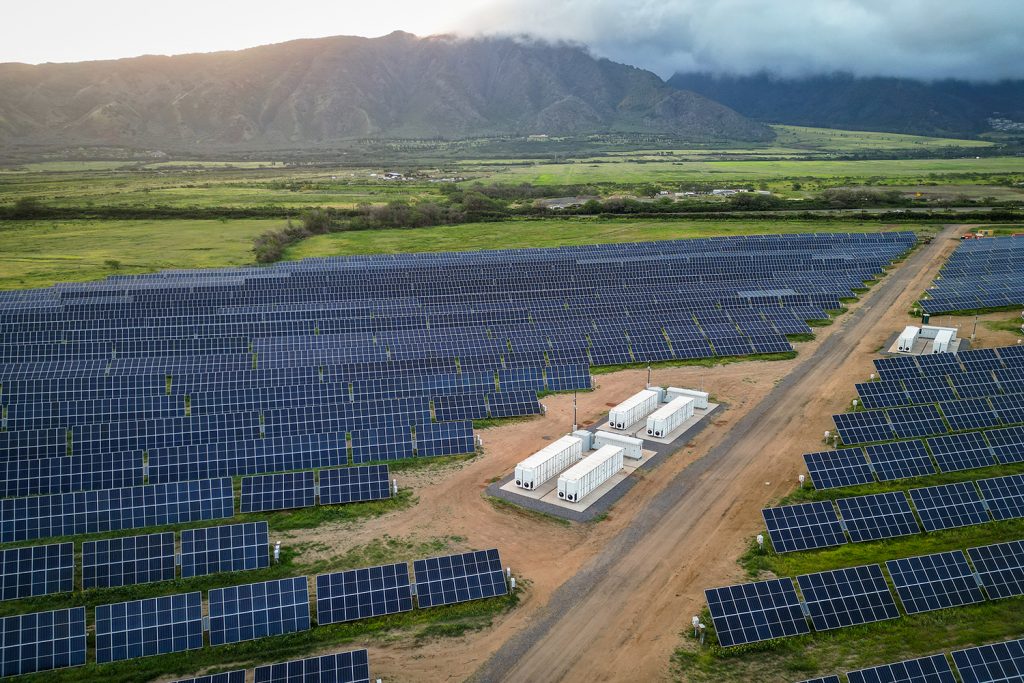
The 60 MW Kūihelani solar-plus-storage facility will generate enough electricity for 27,000 homes, with a 240 MWh battery energy storage system.
From pv magazine USA
Hawaii has the highest average electricity price of any state at $0.43.93 per kWh, nearly triple the U.S. average, yet this project will cut that cost for many residents. Developer AES Hawaii projects that the Kūihelani Solar-plus-Storage facility will generate enough electricity for 15% of Maui’s needs at just $0.08 per kWh.
“Maui residents will soon be seeing the benefit of Kuihelani in their electric bills and the reassurance of knowing they will have reliable electrical power for their homes and businesses,” said Maui Mayor Victorino.
Islands that are not covering their energy needs with renewables are beholden to imported fossil fuels. The energy generated by this facility will offset the need to import an estimated 2 million barrels of oil.
Situated on 450 acres in central Maui, between Kūihelani Highway and Maui Veterans Highway, the project supports the state’s goal of 100% renewable energy and decarbonization targets by 2045. AES Hawaii broke ground for construction less than two years ago, and as with most large-scale solar projects, the company sought input from the community before construction. As a result, AES Hawaii modified its plans.
“We reduced the size of the project site by 35%, minimizing the project’s environmental footprint, while maximizing the usage of the available land in a responsible manner,” said Sandra Larsen, Hawaii market business leader for AES.
Hawaiian Electric is the offtaker of the electricity, having signed a 25-year power purchase agreement with AES Hawaii.
Nearly 300 jobs were supported during the construction of Kūihelani Solar-plus-Storage and generated approximately $68 million for Maui’s economy, according to AES Hawaii. In addition, the project area is also designed for agricultural use.
AES Hawaii has more than 300 MW of renewable energy in construction or operational, enough to power 120,000 homes statewide. The company estimates that this is the equivalent of eliminating more than 175,000 metric tons of carbon emissions and more than 15 million barrels of oil consumption throughout project lifecycles.
This content is protected by copyright and may not be reused. If you want to cooperate with us and would like to reuse some of our content, please contact: editors@pv-magazine.com.
Hawaii
Miss Hawaii U.S. International Melody Higa heading to Florida to compete for the National Crown

We recognize you are attempting to access this website from a country belonging to the European Economic Area (EEA) including the EU which
enforces the General Data Protection Regulation (GDPR) and therefore access cannot be granted at this time.
For any issues, contact news@kitv.com or call 808-535-0400 .
Hawaii
Volcano Watch: A decade later, remembering the Pahoa lava flow crisis
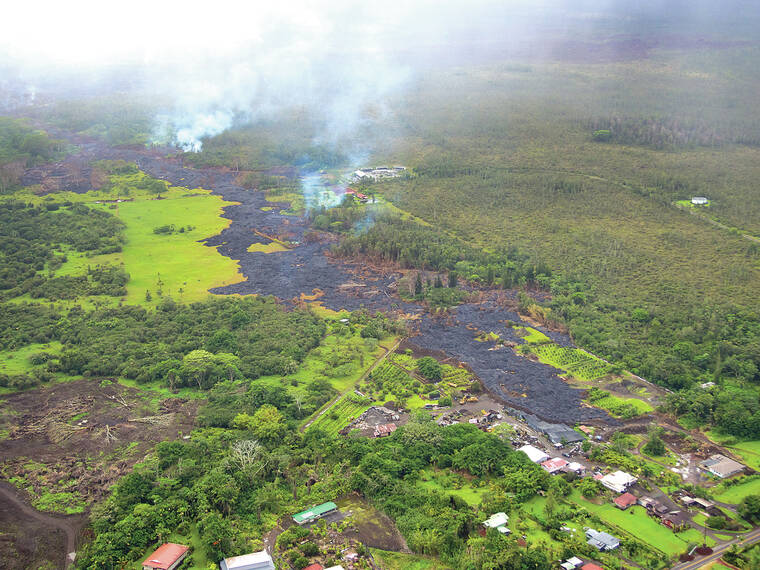
Over the past few years, eruptions of Kilauea volcano on the Island of Hawaii have happened in remote regions and lava flows have not directly threatened communities. However, the approaching anniversary of a lava flow crisis a decade ago reminds us that eruptions on Kilauea have the potential to cause damage and island-wide disruption.
The 2018 lower East Rift Zone eruption of Kilauea is still fresh in many of our minds, but even before then, Kilauea lava flows entering communities was not uncommon. During the 35-year-long eruption of Pu‘u‘o‘o, on the East Rift Zone of Kilauea, lava flows caused destruction in Royal Gardens, Kalapana, and in Pahoa. Before Pu‘u‘o‘o, there were also eruptions in Kapoho Village in 1960 and on Kilauea’s lower East Rift Zone in 1955.
Ten years ago, inflation at Pu‘u‘o‘o in May and June lead to a new eruptive episode on the northeast flank of the cone. It was informally named episode 61e, but more commonly referred to as the June 27 flow in reference to the start date of that episode in 2014.
In the first few days, four fissures produced channelized flows before the eruption focused at the lowest elevation vent, where a perched pond began to form. The pond elevation continued to rise until it was about 30 meters (100 ft) higher than the vent. On July 10, pressure from the perched pond triggered the eruptive vent to shift to the next highest fissure and abandon the perched pond.
The change in eruptive vent produced a fast-moving channelized flow that traveled up to several hundred meters (yards) per day. The flow continued to the northeast until it extended across the eastern edge of the Pu‘u‘o‘o flow field by the beginning of August.
On August 18, the lava entered into a deep ground crack that directed the flow further to the northeast. After about a week the lava overflowed from the crack, before repeating this pattern at three additional and parallel ground cracks. The flow traveled roughly 5 km (3 mi) underground in these cracks to within about 1.2 km (0.7 mi) of Ka‘ohe Homesteads subdivision where the lava exited the final crack in early September.
The flow front advanced slow and steadily during the first few weeks of September, passing Ka‘ohe Homesteads to the northwest. Then from late-September to early-October, the lava flow’s rate of advance began to fluctuate as it stalled and advanced. Towards the end of October, a breakout surged through a narrow drainage and crossed Cemetery Road in Pahoa. The flow continued through the Pahoa Japanese Cemetery, through private property, and destroyed one structure, stalling only 155 m (510 ft) from Pahoa Village Road.
A large breakout on November 14 occurred roughly 6.5 km (4 mi) upslope of the flow front, and rapidly advanced along the northwest margin of the previous flow, ultimately headed towards Pahoa Marketplace and Highway 130. The flow front again stalled on December 30 after advancing to within 530 m (0.3 mi) of the marketplace. That was the furthest the lava flow advanced, but numerous breakouts just upslope continued to threaten Pahoa until early 2015.
Episode 61e, or the June 27 flow, then retreated upslope and stayed within about 8 km (5 mi) of Pu‘u‘o‘o. This episode continued until early June 2016, when inflation at Pu‘u‘o‘o culminated in two new eruptive vents on the northeast (episode 61f) and southeast (episode 61g) flanks of the cone on May 24.
The episode 61f flow was short-lived, lasting less than two weeks. However, the 61g flow remained active until the Pu‘u‘o‘o crater floor collapsed on April 30, 2018, followed by the intrusion of magma into the lower East Rift Zone and subsequent eruption.
Since then, eruptions from Kilauea have fortunately been confined within Kaluapele (Kilauea caldera) or other remote areas of Hawaii Volcanoes National Park. Currently, there are no signs of magma moving into the East Rift Zone but that will inevitably happen again someday. The Pahoa lava flow crisis and other destructive East Rift Zone eruptions are reminders that communities on or near the rift zone are vulnerable. Residents and visitors should stay informed and remember that it’s never too early consider how an eruption could impact you and your family.
Volcano
activity updates
Kilauea is not erupting. Its USGS Volcano Alert level is ADVISORY.
Kilauea erupted briefly on June 3 southwest of Kaluapele (Kilauea caldera) within the closed area of Hawaii Volcanoes National Park. Sulfur dioxide emission rates remain elevated; an emission rate of 350 tonnes per day was measured on June 10, for the combined areas of Kilauea summit and the recent eruption. Seismicity in the summit region, including the upper East Rift Zone, has been slightly elevated with about 550 events over the past week. Inflationary ground deformation has continued in the summit region. Additional pulses of seismicity and deformation could result in new eruptive episodes within the area or elsewhere on the Southwest Rift Zone.
Mauna Loa is not erupting. Its USGS Volcano Alert Level is at NORMAL.
Webcams show no signs of activity on Mauna Loa. Summit seismicity has remained at low levels over the past month. Ground deformation indicates continuing slow inflation as magma replenishes the reservoir system following the 2022 eruption. SO2 emission rates are at background levels.
One earthquake was reported felt in the Hawaiian Islands during the past week: a M3.4 earthquake 14 km (8 mi) S of Volcano at 1 km (1 mi) depth on June 6 at 12:29 p.m. HST.
HVO continues to closely monitor Kilauea and Mauna Loa.
Please visit HVO’s website for past Volcano Watch articles, Kilauea and Mauna Loa updates, volcano photos, maps, recent earthquake information, and more. Email questions to askHVO@usgs.gov.
Volcano Watch is a weekly article and activity update written by U.S. Geological Survey Hawaiian Volcano Observatory scientists and affiliates.
-

 News1 week ago
News1 week agoRead Justice Clarence Thomas’s Financial Disclosures for 2023
-

 World1 week ago
World1 week agoDozens killed near Sudan’s capital as UN warns of soaring displacement
-

 Politics1 week ago
Politics1 week agoNewson, Dem leaders try to negotiate Prop 47 reform off California ballots, as GOP wants to let voters decide
-

 World1 week ago
World1 week ago‘Bloody policies’: Bodies of 11 refugees and migrants recovered off Libya
-

 Politics1 week ago
Politics1 week agoGun group vows to 'defend' Trump's concealed carry license after conviction
-

 Politics1 week ago
Politics1 week agoShould Trump have confidence in his lawyers? Legal experts weigh in
-

 Politics6 days ago
Politics6 days agoGOP releases Jan. 6 clip of Pelosi saying 'I take responsibility' as she discussed National Guard absence
-

 Movie Reviews1 week ago
Movie Reviews1 week ago‘Darkest Miriam’ Review: Britt Lower in a Marvel of a Drama About a Young Librarian’s Loves and Fears













